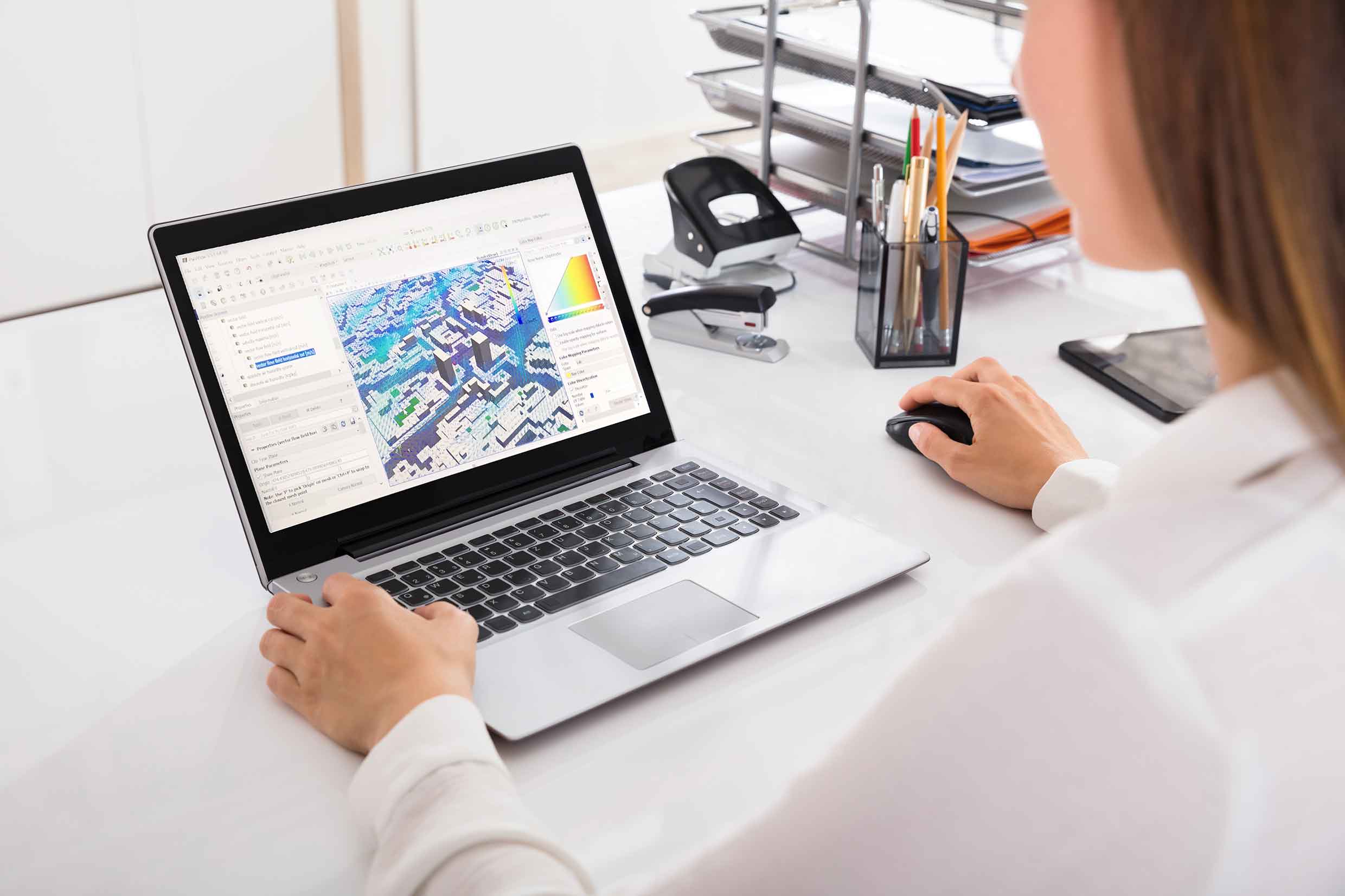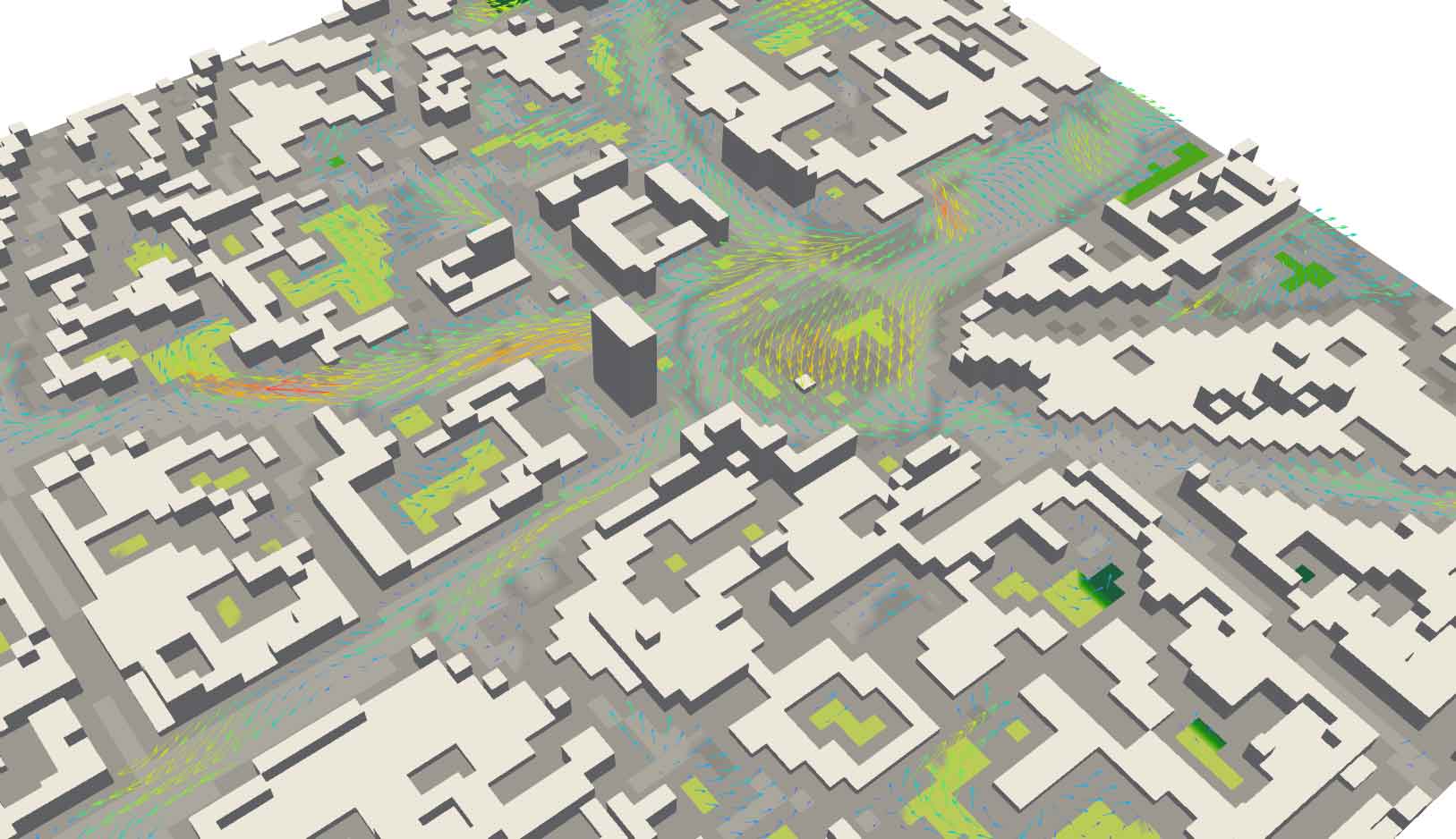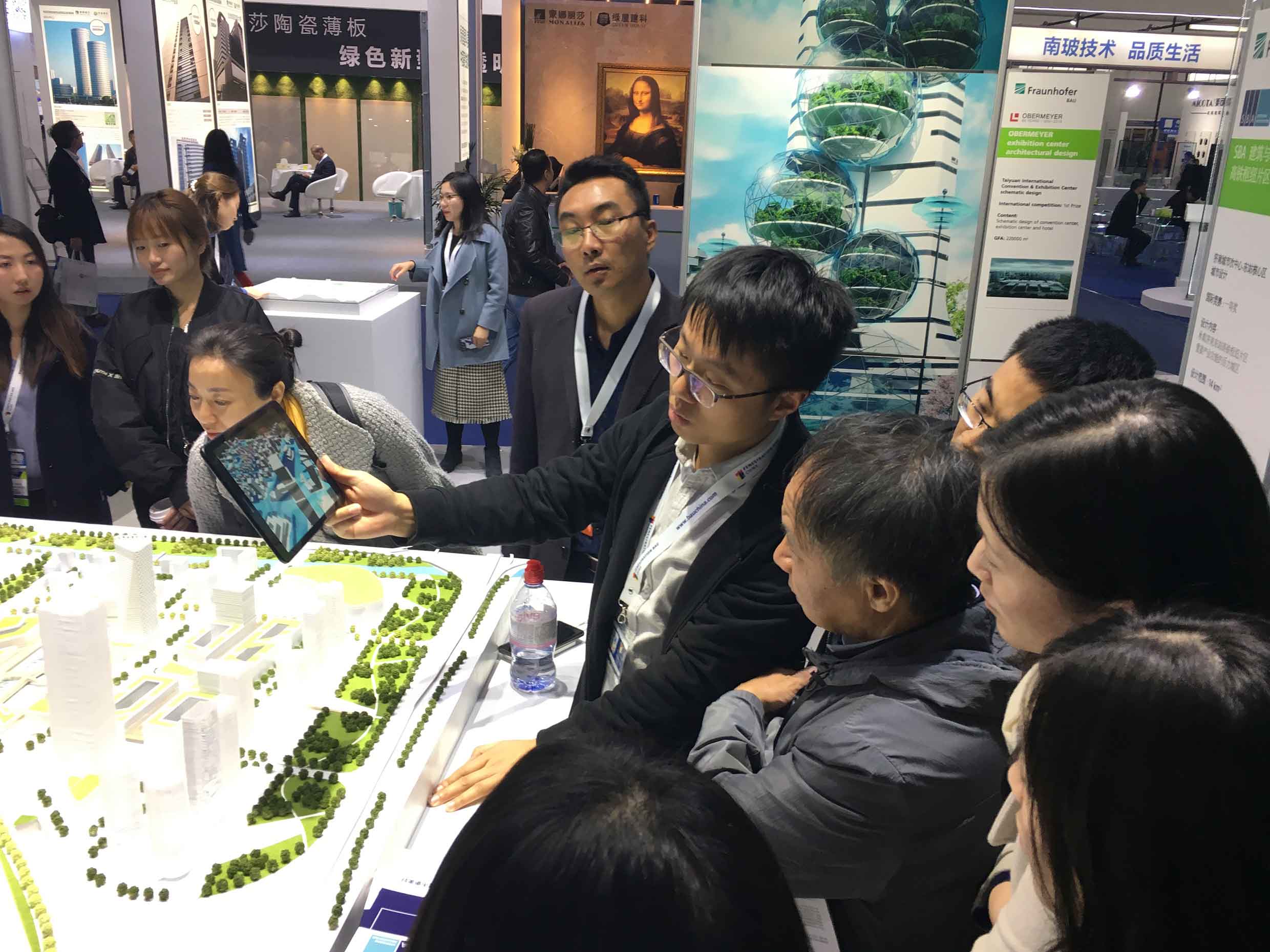How suitable are urban climate models for use in practice?
Climate changes are particularly noticeable in cities because they react very sensitively to them. But at the same time, cities are slow to adapt. If they are to adapt to the anticipated consequences of the climate change, measures must therefore be taken today. But how can future planning decisions in cities best be made? Efficient urban climate models form an important basis for decisions. These are currently being tested by scientists at Fraunhofer IBP in the “Urban Climate Under Change” program, which is funded by the Federal Ministry of Education and Research (BMBF) and running from June 2016 to June 2019.



Efficient urban climate models
The aim is to develop an innovative and user-friendly urban climate model called PALM-4U - including its validation and assessment of its practical suitability. With this urban climate model, the research team wants to create a tool that can be used to analyze urban areas on an interdisciplinary basis, as well as to plan measures for improving air pollution control and the urban climate.
The range of applications is wide: anything from a single building to a whole district or even a large city such as Berlin can be scaled. The model can be used to find solutions to typical urban climatic issues such as wind comfort or thermal comfort, to depict their impact on the room climate inside buildings, to simulate the spread of pollutants, or evaluate the movement patterns of individual people via a multi-agent model.
Assessment of practical suitability
Fraunhofer IBP is a member of the “UseUClim” subproject; its Department of Hygrothermics and Department of Energy Efficiency and Indoor Climate are already carrying out initial practical tests on the new urban climate model. In two training phases, the practice partners involved - the environmental offices of the cities of Chemnitz, Dresden and Leipzig and the urban planners of Sweco GmbH - were taught how to use the current model prototypes. First, the scientists taught the basics of the model and how to use it by way of a specific example in Berlin. In the second training phase, the practice partners used PALM-4U to work on their own urban climate issues under guidance. The scientific working group from Fraunhofer IBP uses feedback from the practice partners to assess the model’s practical suitability. Although PALM-4U is currently still under development, the great potential that results from integrating urban climate models into planning practice is already apparent at this stage.
PALM-4U is also already being used outside the “Urban Climate Under Change” project. At the Fenestration BAU trade fair in Beijing, Fraunhofer IBP exhibited an interactive city model together with the company SBA Architektur und Städtebau. Via tablets and augmented reality, the researchers brought the results of the urban climate simulations with PALM-4U to life. An image of the Shanghai Pudong district served as a model.
The project is funded by the Federal Ministry of Education and Research (BMBF) (funding number: 01LP1602A) as research for sustainable development (FONA). The funding measure is supervised by the project management agency DLR.